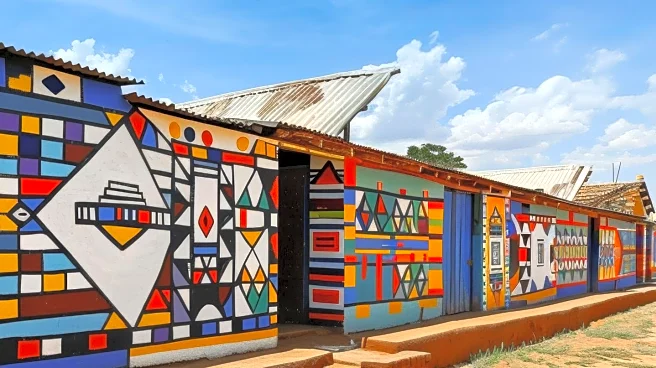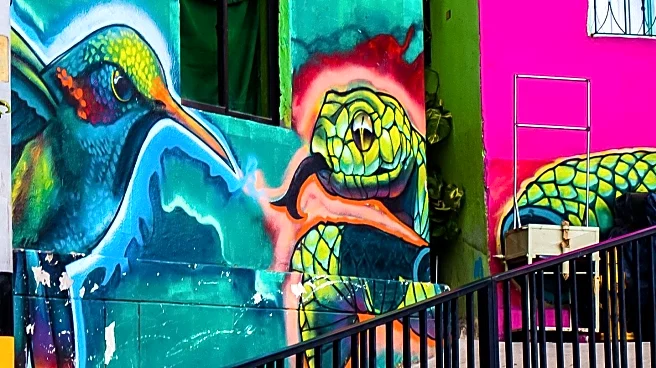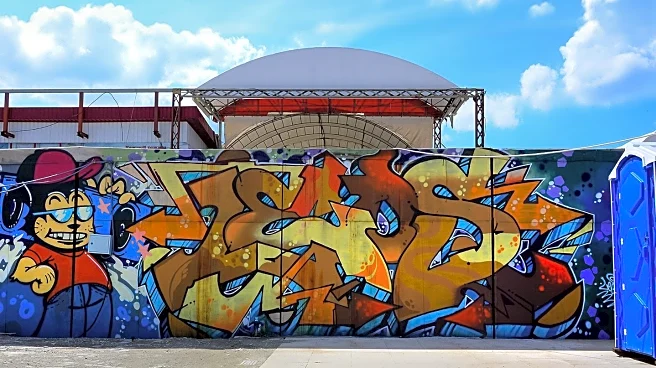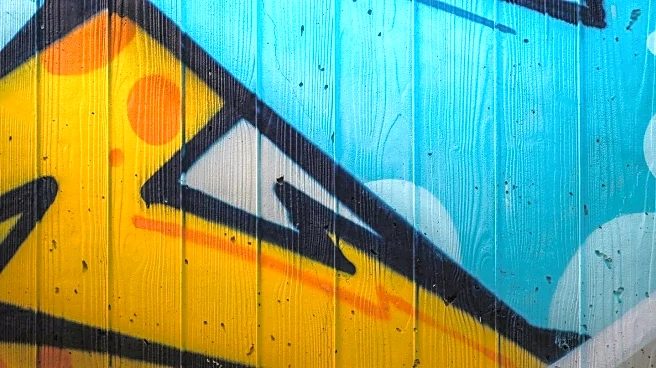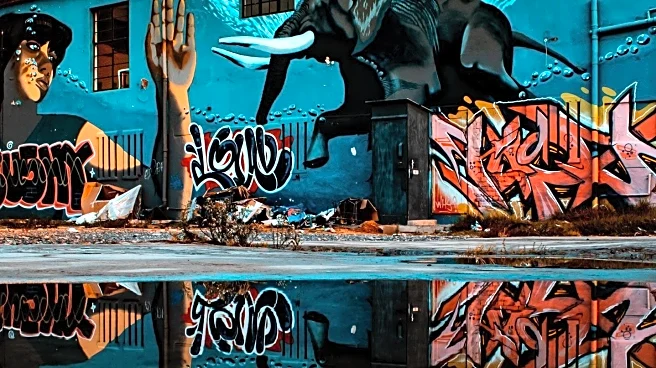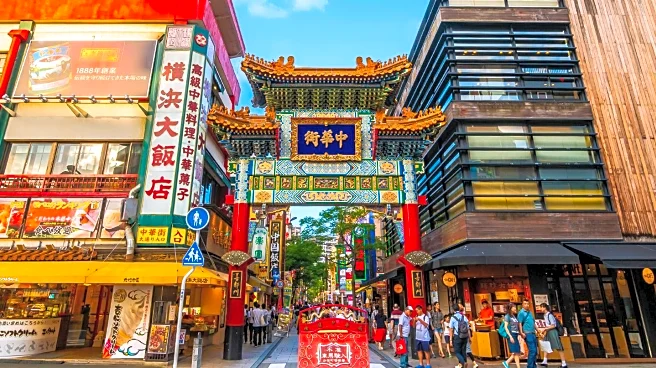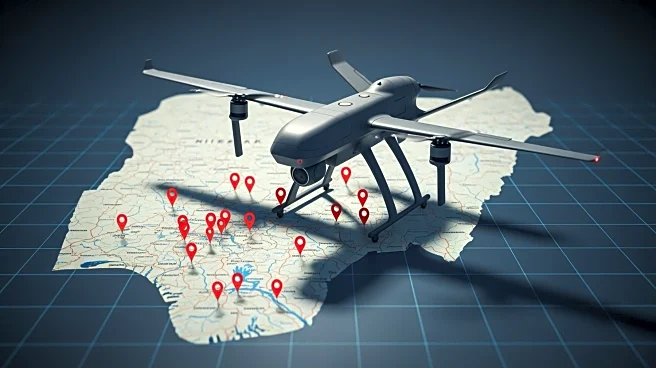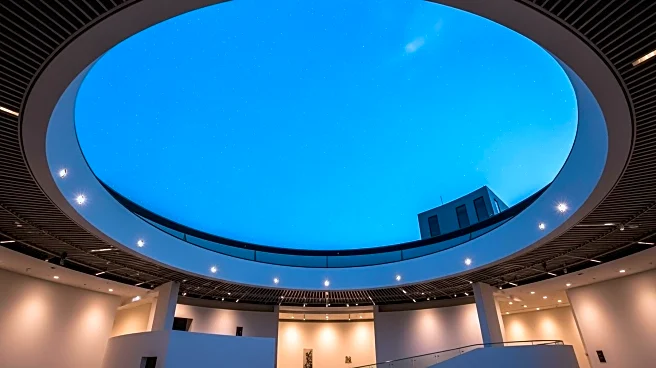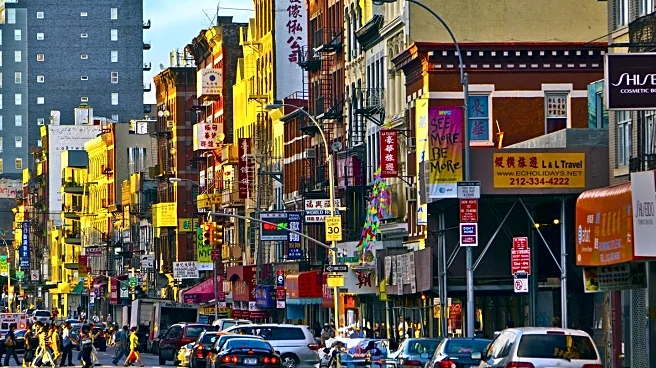What's Happening?
Graffiti is increasingly being embraced in West Africa, particularly in Guinea, where artist Omar Diaw, known as 'Chimere,' is leading the charge. Diaw's work, which includes large murals of famous Guinean
musicians and African independence leaders, is transforming the urban landscape of Conakry. Initially perceived as vandalism, graffiti is now recognized for its cultural and social significance, thanks to Diaw's efforts to use it for public awareness campaigns. The art form has become a medium for expressing local realities and values, gaining support from both the public and authorities.
Why It's Important?
The growing acceptance of graffiti in West Africa represents a shift in cultural attitudes towards street art. It highlights the potential of graffiti to serve as a tool for social change and community engagement. By reflecting local history and values, graffiti can foster a sense of identity and pride among residents. This development also opens up opportunities for artists to contribute to urban aesthetics and participate in public discourse. The support from local authorities further legitimizes graffiti as a form of artistic expression and cultural commentary.
Beyond the Headlines
The acceptance of graffiti in West Africa may inspire similar movements in other regions, encouraging artists to explore street art as a means of cultural expression. It also raises questions about the role of art in urban development and its impact on community dynamics. As graffiti becomes more mainstream, it could influence public policy regarding art and urban planning, potentially leading to more inclusive and diverse cultural landscapes. The involvement of female artists in the graffiti scene could further diversify the narratives and perspectives represented in public art.
